Historians Seek New Name for Grand Teton Peak, Citing Evidence of Sexual Misconduct
Mount Woodring bears the name of the park’s first superintendent, who quietly resigned in disgrace
- Published In: Other News & Features
- Last Updated: Nov 08, 2023
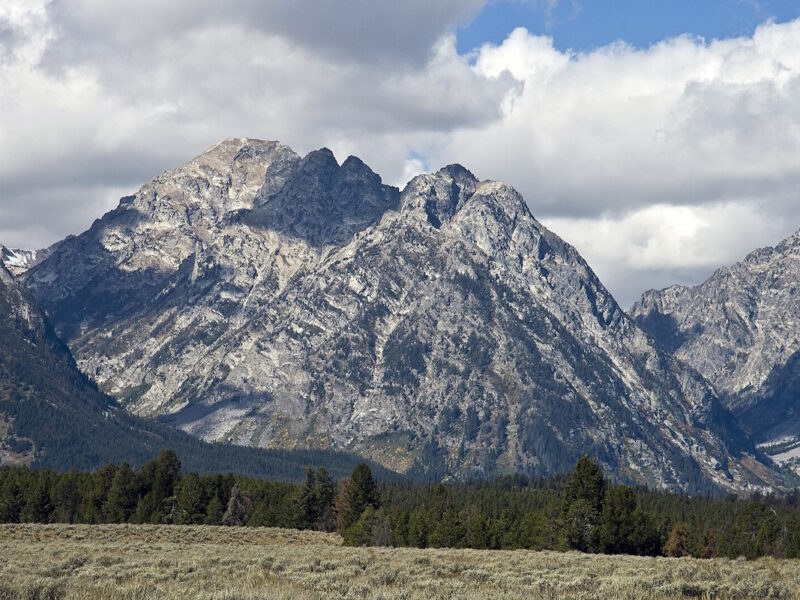
Mount Woodring bears the name of Grand Teton National Park’s first superintendent. But after uncovering evidence that Sam T. Woodring sexually abused a child, a group of researchers say the peak should be renamed. (Courtesy photo from Arcoterion via Wikimedia Commons)
By CJ Baker
Special to the Wyoming Truth
Sam T. Woodring is known to history as the first superintendent at Grand Teton National Park, a chief ranger at Yellowstone National Park and as a U.S. Army veteran. He assisted presidents and helped build Grand Teton’s trail system; a peak in the park is named in his honor.
But recently unearthed records show a darker chapter of Woodring’s life was kept hidden from public view. One document pulled from the depths of the National Archives indicates the superintendent’s 1934 departure from Grand Teton followed accusations that he molested two girls.
“Sexual perversion in one of its worst forms seems to be involved …,” the park’s then-clerk told the National Park Service director of one of the allegations.
A small group of researchers who dug into the historical record are now asking the U.S. Board on Geographic Names to rename Mount Woodring “at the earliest possible opportunity.” Given Woodring’s “egregious misdeeds,” the peak’s current name is offensive, Bruce Noble, a historian and a former superintendent of Black Canyon of the Gunnison National Park, wrote in a proposal submitted last week.
In an interview with the Wyoming Truth, Noble drew parallels between his group’s effort and Interior Secretary Deb Haaland’s recent actions to remove derogatory and offensive names from geographic features across the country.
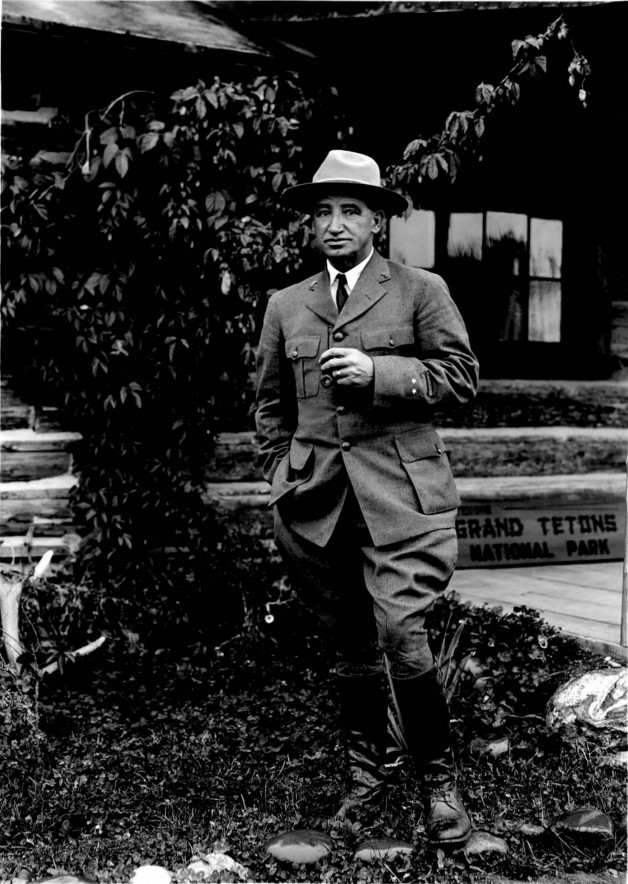
“I do think it kind of fits into the same context that Secretary Haaland is pursuing,” Noble said, “which is just that, if you’ve got names on the landscape that are connected with really bad things that happened, that they ought to be considered for a change.”
Exactly when the U.S. board might take up the proposal — which suggests rechristening Mount Woodring as Raven Peak — has yet to be determined.
“This really is hot off the press,” Jennifer Runyon, a researcher for the U.S. Board on Geographic Names, said last week. “It’s very, very early in the review process.”
Uncovering a coverup
Woodring was born in North Carolina and worked in coal mining before joining the Army in 1898. Over his 13 years in the military, he primarily served as a packer, with his service taking him to Cuba, the Philippines and Mexico. Woodring later helped the Army administer Yellowstone National Park and after the National Park Service took over, he joined the agency in 1920.
His government service brought him into contact with powerful people. Woodring assisted Theodore Roosevelt with a wolf and coyote hunt in Oklahoma in 1904, and the president “was but one of many notables with whom Woodring became fast friends while out on the trail in the wilds,” then-Park Service Director Horace Albright and Frank Taylor wrote in their 1929 book “Oh, Ranger.” While serving in Yellowstone, Woodring also met presidents Warren G. Harding and Calvin Coolidge, and he fished with the crown prince of Sweden.
Albright described Woodring as “a remarkable ranger” whose life “has been a round of adventure.” When Congress established Grand Teton National Park in early 1929, Albright tabbed Woodring as its first superintendent.
As he prepared a profile of the park leader in 1934, Jackson reporter Nephi DeLoney noted that Woodring had “hosts of friends” and “a personality that everyone loved. Laughable, likeable and of spontaneous acquaintance-ship.”

But DeLoney was unable to finish his piece; the superintendent resigned in mid-1934, and “it has been impossible to locate Mr. Woodring since that time,” he later reported.
DeLoney wasn’t the only one to miss the story behind Woodring’s departure, as “it was certainly covered up,” historian Bob Righter told the Wyoming Truth.
A part-time Jackson resident and former University of Wyoming professor, Righter stumbled onto the tale while researching his 1982 book on Grand Teton’s origins. Within a manilla folder in the National Archives, Righter found several confidential letters in which Albright angrily chastised Woodring for fondling a young girl.
The material didn’t make it into Righter’s “Crucible for Conservation,” but over the decades, he and colleagues agreed something should be done with the information.
“Woodring has been dead a long time, so … we couldn’t castigate him, but we could change the mountain name,” Righter said. “And it seemed the only right thing to do.”
Righter was joined in the effort by Noble and retired North Dakota State University professor Mark Harvey — both former students of Righter’s at UW — along with former Teton climbing guide Paul Horton.
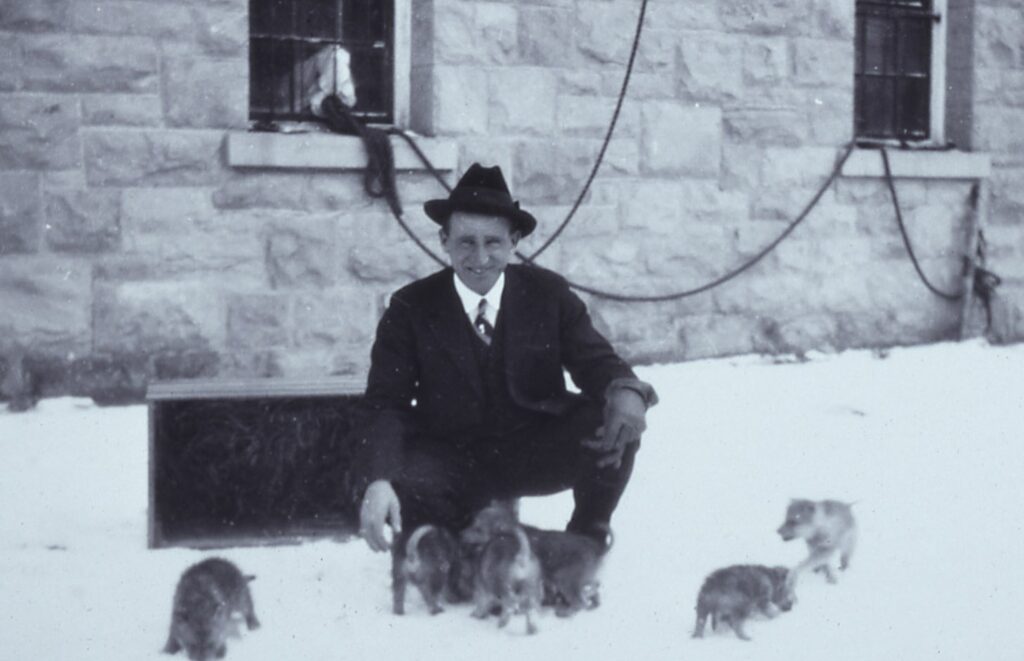
Noble has spearheaded the project, combing through records at the National Archives in College Park, Maryland, the American Heritage Center at UW and other institutions. He has uncovered more damning evidence, including an eight-page letter that Grand Teton clerk Howard Sherman sent to National Park Service Director Arno Cammerer in mid-1934.
‘A very horrifying story’
While working under Woodring, Sherman said he’d heard a variety of rumors about his boss’s promiscuity, but had generally discounted them. Even when Sherman heard “a very horrifying story” that Woodring had molested a roughly 9-year-old girl in 1930, “I had to laugh, because it all sounded so preposterous,” he wrote.
But Sherman’s opinion changed in 1934, when he learned Woodring had been accused of molesting a different 11-year-old girl. In that instance, Woodring was alleged to have kissed, fondled and used his hand to penetrate the child during a spring 1933 trip to the Jackson Lake area, the letter states.
The girl confided in a neighbor but was reluctant to tell her mother “because she was afraid of Mr. Woodring and of the possible consequences to herself and family,” as her father worked for Woodring in Grand Teton, Sherman wrote.
Between the girl’s account and the earlier allegation, Sherman said he and Park Ranger Dudley Hayden “agreed then and there that two such stories could not appear out of thin air, especially concerning a man whose morals we believed to be none too good.”
The men quietly launched an investigation. It culminated in the girl’s father confronting Woodring about “the six or more times the girl said her body had been violated,” Sherman wrote, and the superintendent “admitted to both of them everything except attempted rape.”
The girl’s parents filed a complaint and the Teton County prosecutor charged Woodring in June 1934 with a felony count of “assault with intent to commit rape.” Woodring was released on a $5,000 surety bond, the equivalent of roughly $115,000 today.
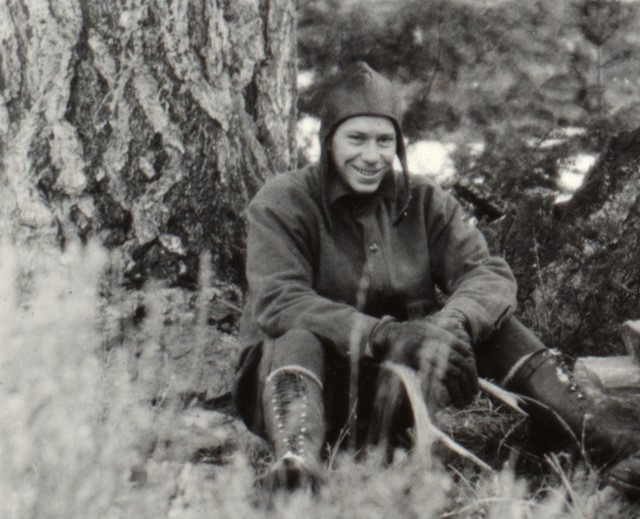
While he was awaiting trial, Woodring reportedly told others he’d been “framed.” In correspondence with Albright, he pleaded to keep his Park Service position. But Albright, who was no longer with the agency, “was very angry at seeing what he thought was his friend … do this,” Righter said.
In his letter, Sherman said Woodring called the accusations a “dirty frame-up,” but admitted to and defended fondling the 11-year-old on one occasion. Sherman said he and the other investigators “were convinced in our own hearts that he was guilty on every count.”
Prosecuting attorney Wilford Neilson was apparently less certain. He dropped the case in September 1935, saying it appeared “improbable” a jury would convict Woodring based on “the uncorroborated word of the minor child” and “certain admissions and inferences.”
Neilson added that the girl’s memory had faded with time, and her parents were reluctant to disrupt her education and social life by putting her on the witness stand. Woodring was never convicted of any wrongdoing.
He later moved to Montana, dying in Butte in October 1939. It was several decades later, in 1963, when the U.S. Board on Geographic Names agreed to christen a 11,595 foot peak in Grand Teton in his honor.
Building a case
While the board members likely knew nothing about the allegations against Woodring, Noble said the small group of men who pushed for the naming of Mount Woodring were aware and simply didn’t believe them.
“They thought it was a figment of a young girl’s imagination,” Noble said.
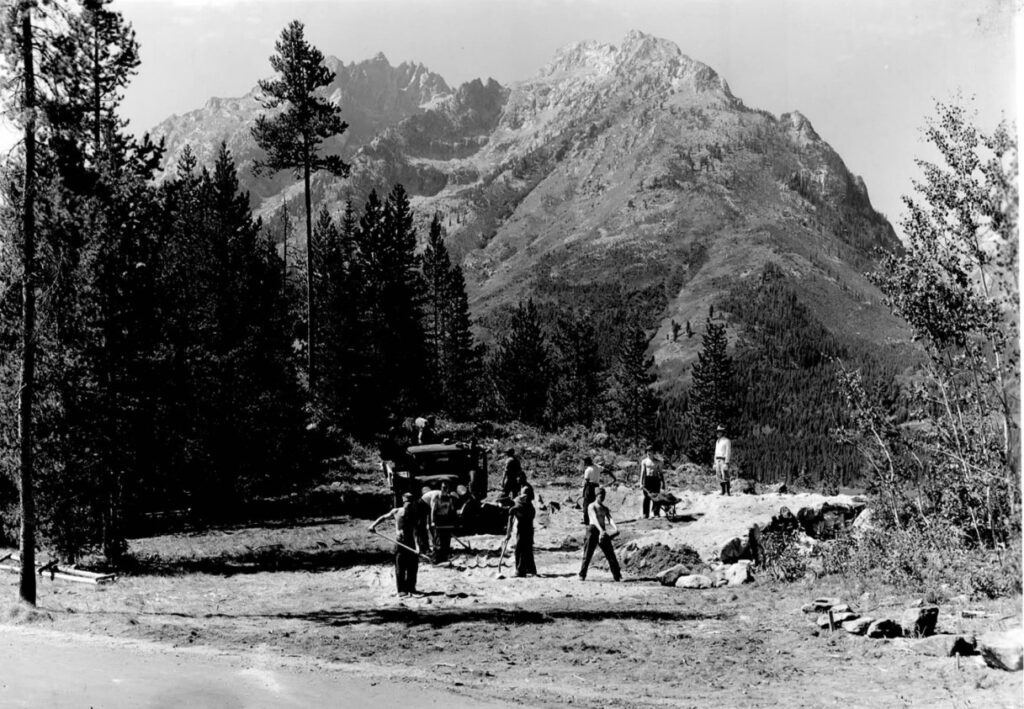
The scandal also took place amid heated debate over the possible expansion of Grand Teton and “there was a feeling that this whole charge against the superintendent was fabricated by opponents of the National Park Service,” Noble said. “And so they were willing to sort of dismiss the whole thing on that basis.”
But Noble has now gathered a trove of records that forms “a pretty conclusive case that this first superintendent of Grand Teton National Park committed child sexual abuse,” he said.
Noble is recommending a new name of Raven Peak, because the bird is common in the Tetons, intelligent and significant in most Native American cultures. Plus, unlike people, the species’ reputation is unlikely to change over time.
“The hope is that Raven Peak will have staying power that helps to make it a fitting name,” Noble wrote.
The Wyoming Board on Geographic Names is set to consider the proposal in April, and the Teton County Commission and Park Service will be asked to weigh in as well. The U.S. board, which renamed Yellowstone’s Mount Doane last year due to its namesake’s bloody past, will have the final say.













